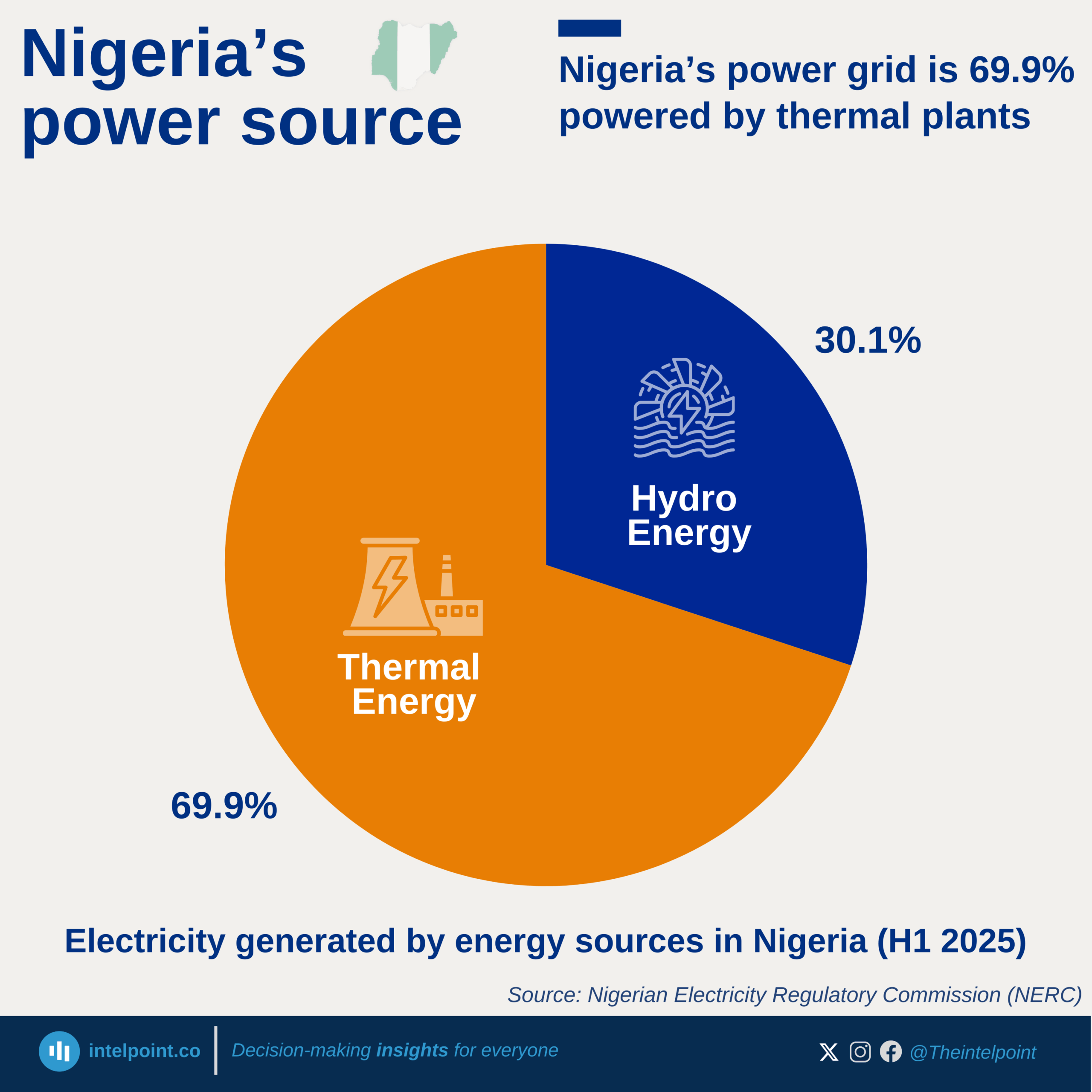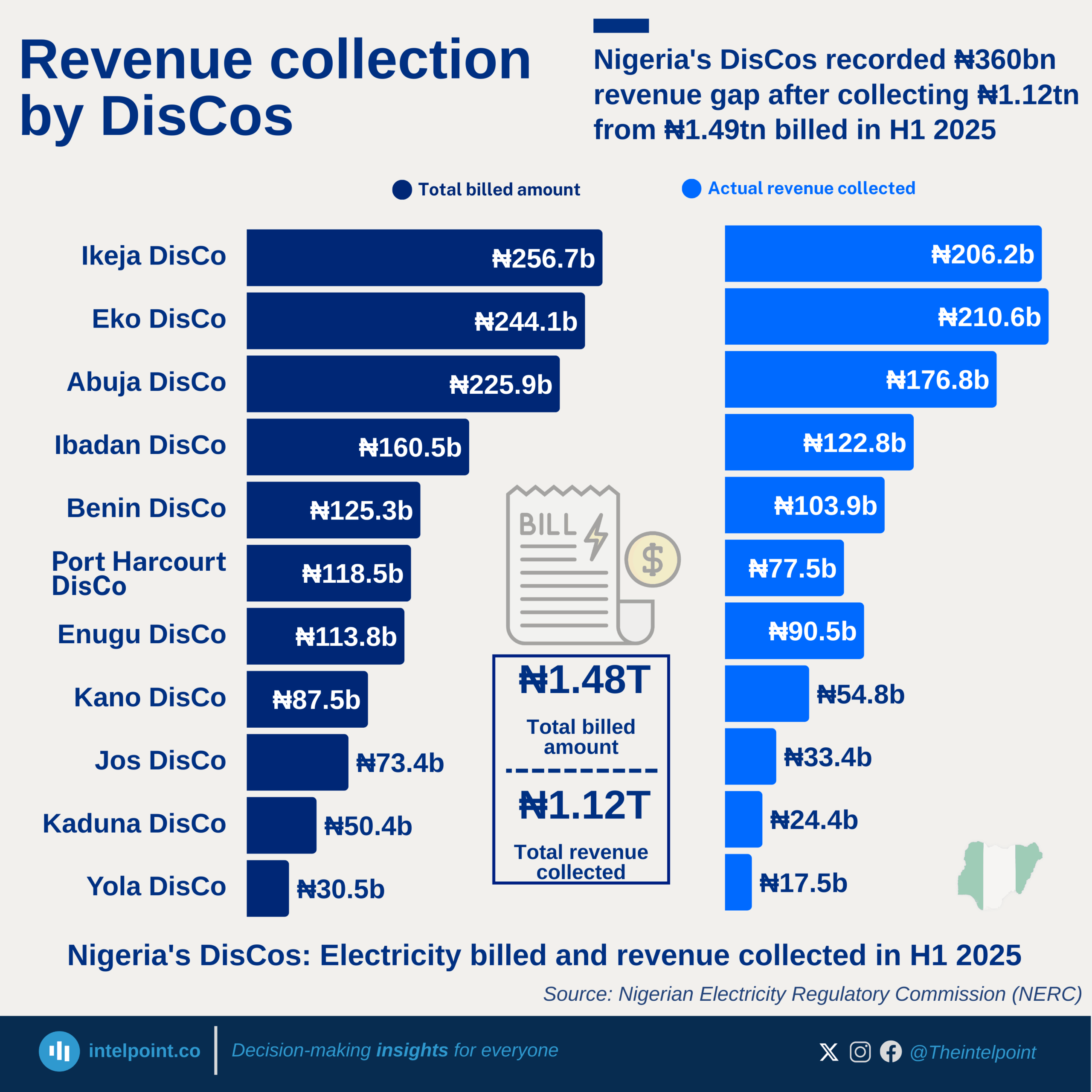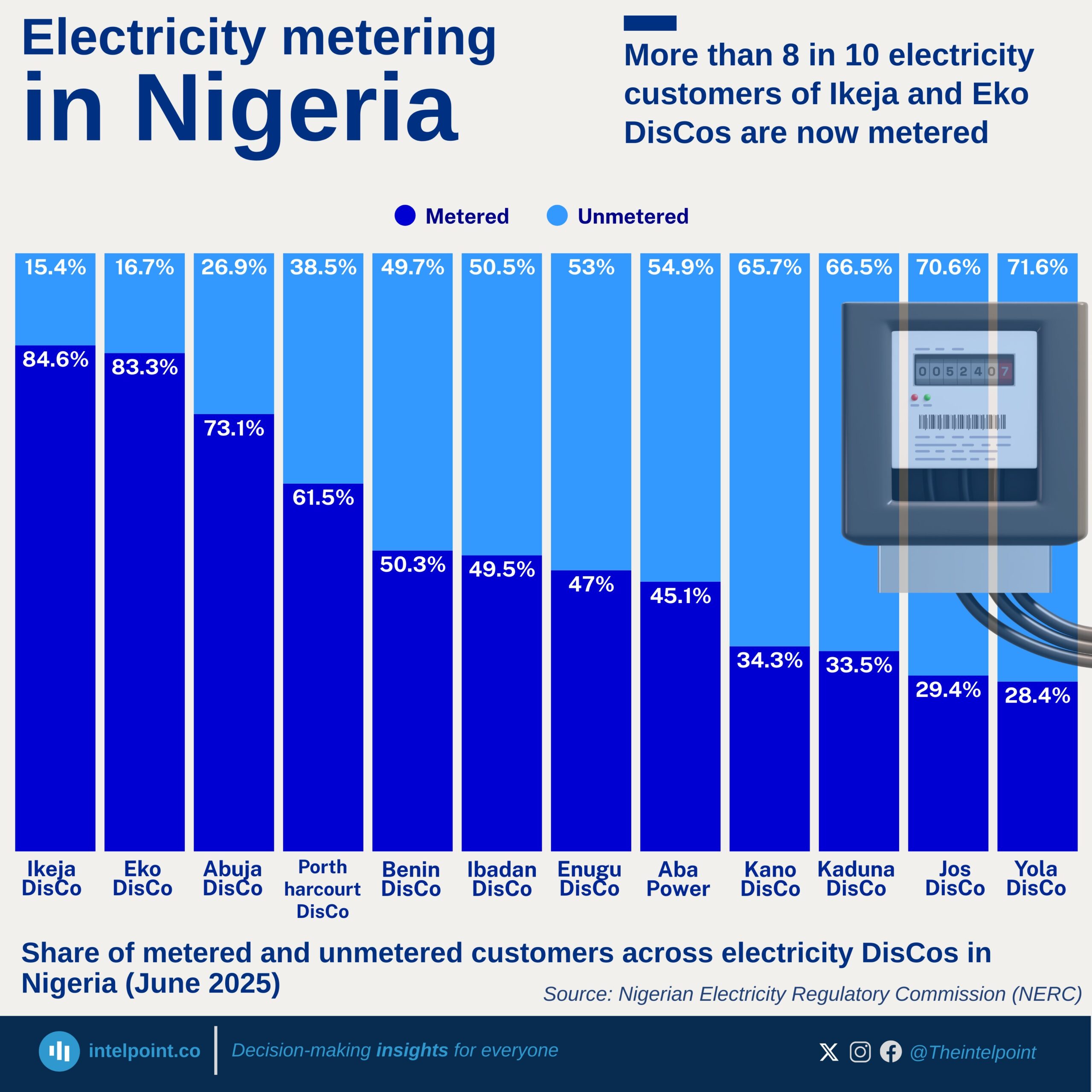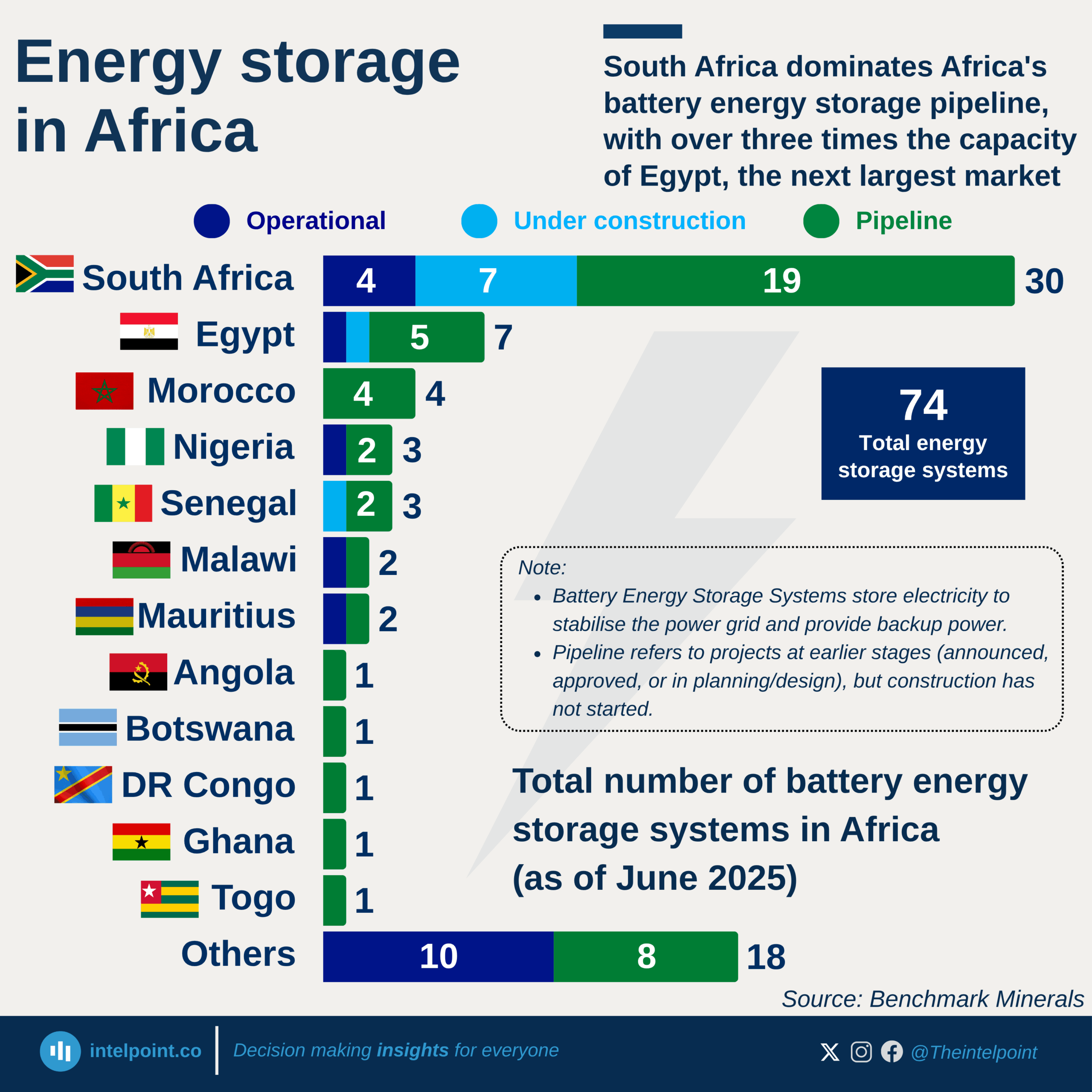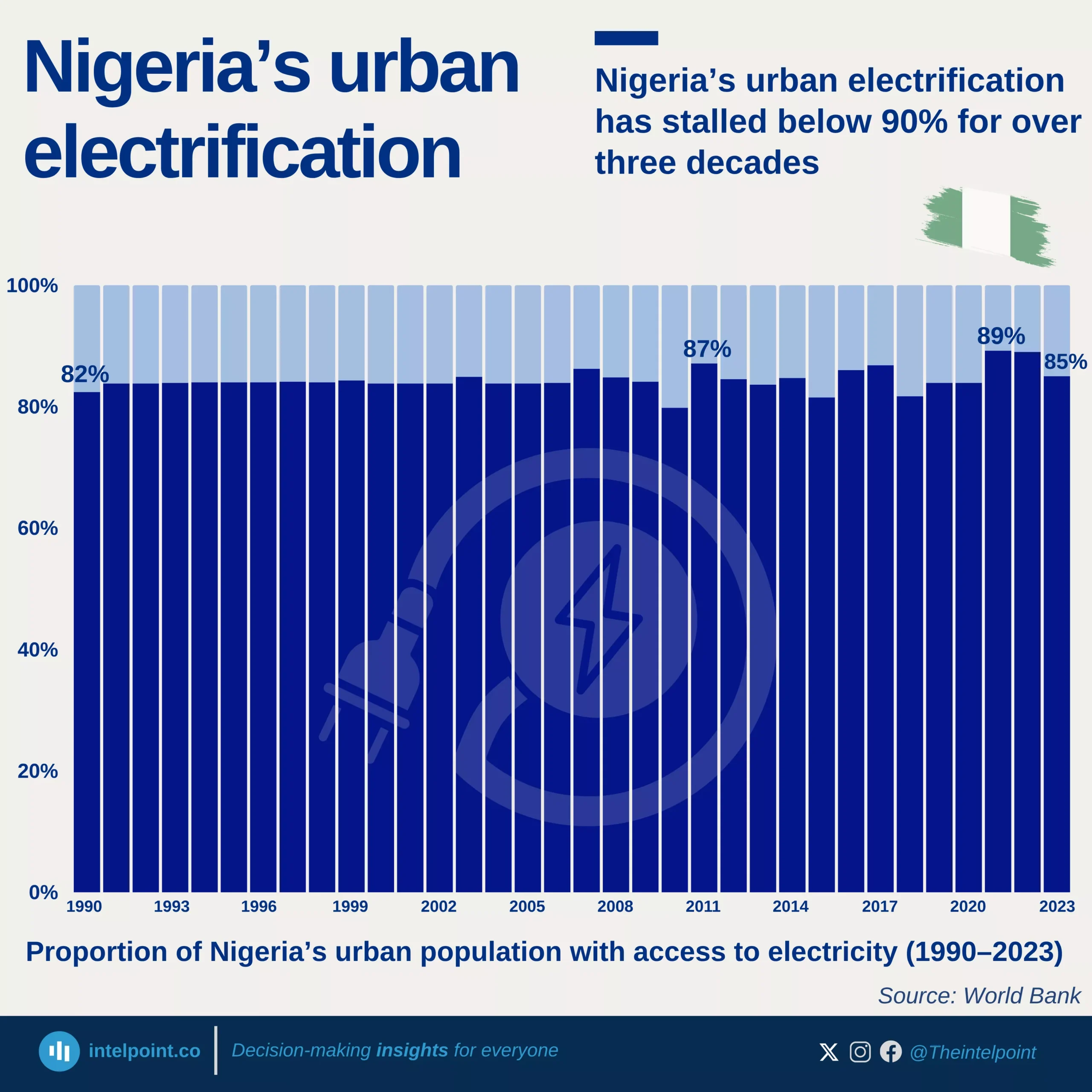South Africa’s renewable energy journey over the last decade has been remarkable, with capacity more than tripling between 2015 and 2024. The country’s installed renewable energy capacity grew from just 3.4 GW in 2015 to 13.5 GW by 2024, representing a compound annual growth rate (CAGR) of 14.7%. This progress shows how policy shifts, investment in clean energy, and the push for energy diversification are reshaping South Africa’s power sector.
The growth also reflects the country’s efforts to address its longstanding electricity challenges. South Africa has faced years of power shortages and load-shedding, heavily reliant on coal for energy generation. By expanding renewable energy capacity, the country is not only diversifying its energy mix but also aligning with global trends toward cleaner, more sustainable power sources. For comparison, Nigeria—Africa’s most populous nation—had just 3.7 GW of renewable energy capacity in 2024, less than one-third of South Africa’s.
